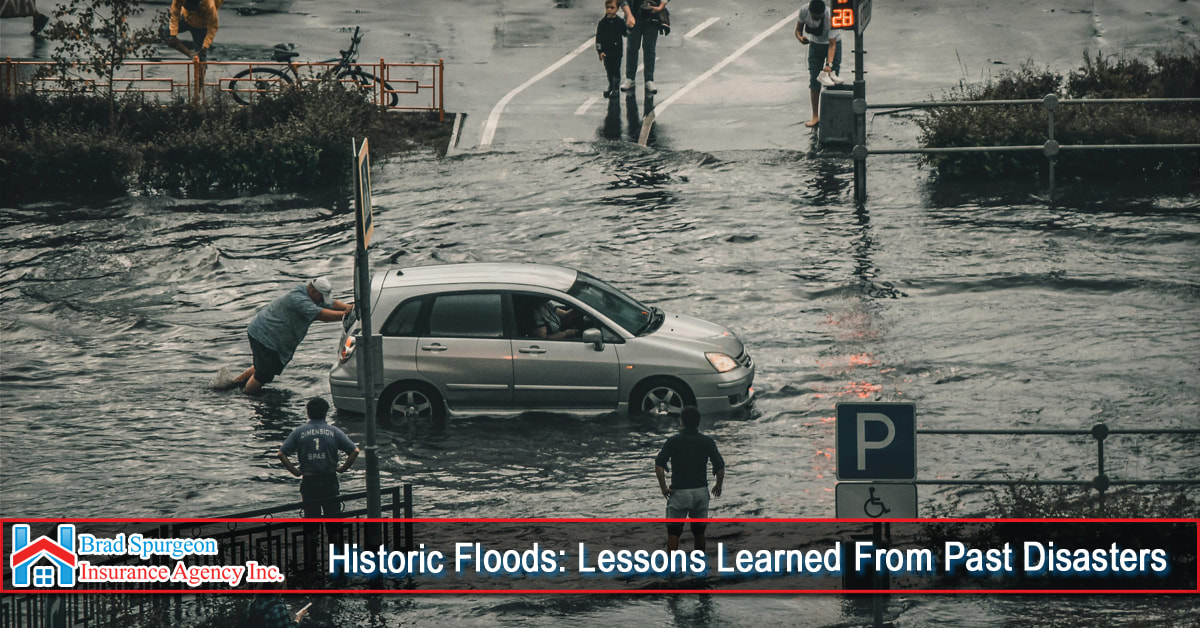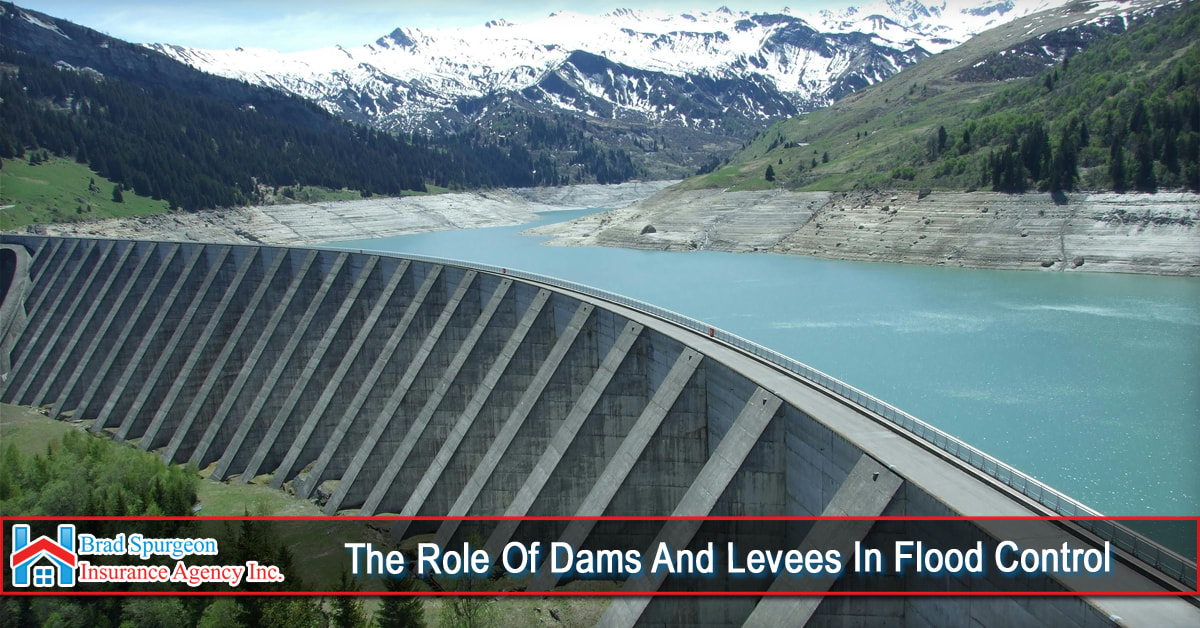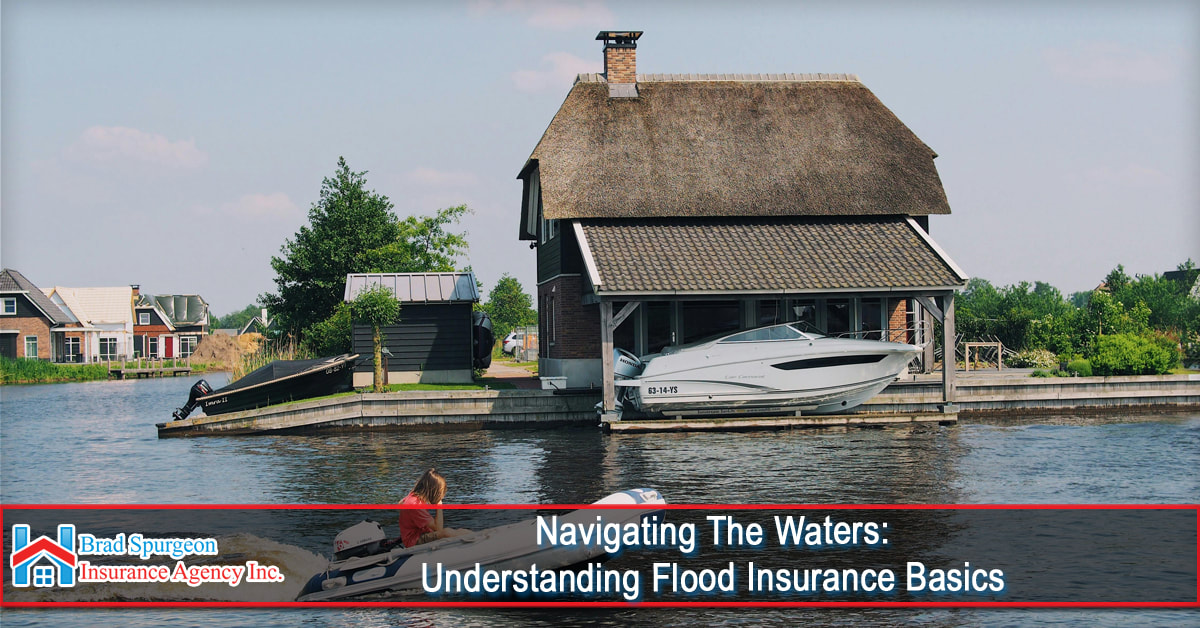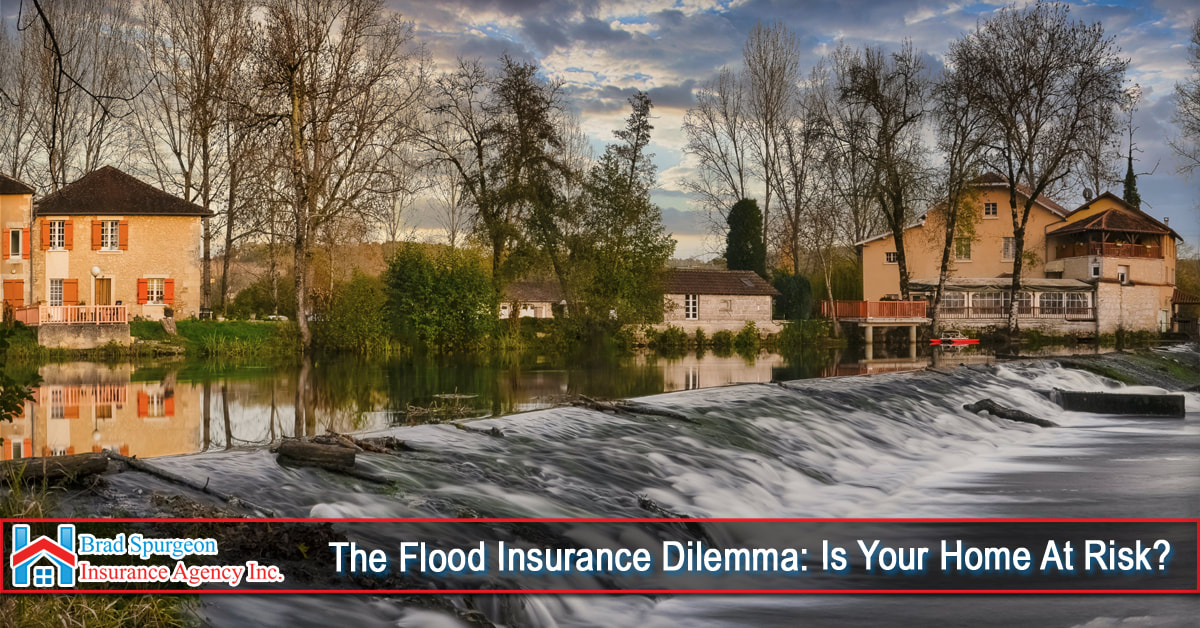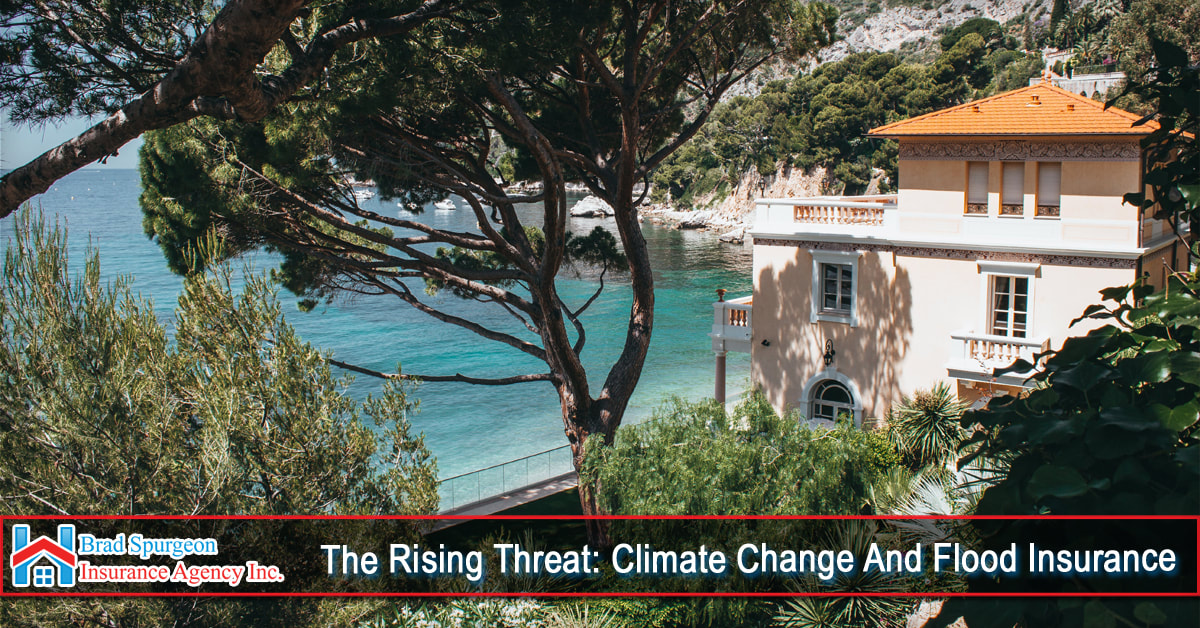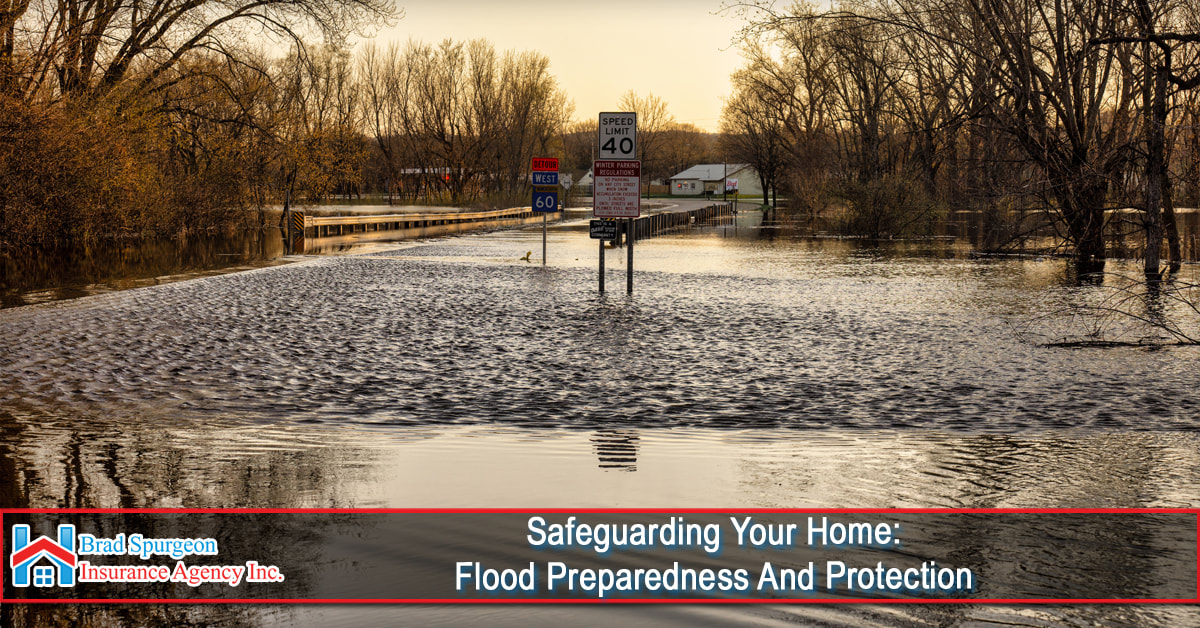|
Flooding is one of the most common and devastating natural disasters, impacting millions of people worldwide every year. It can cause extensive damage to property, infrastructure, and ecosystems, as well as pose significant risks to human life. Understanding the causes and effects of flooding is crucial for developing effective prevention and mitigation strategies. This article explores the fundamental aspects of flooding, its causes, and its far-reaching effects on communities and the environment.
0 Comments
Flood insurance plays a crucial role in protecting homes and properties from the devastating effects of flooding, yet it's often overlooked during real estate transactions. Whether you're buying or selling a home, understanding the implications of flood insurance is essential to ensure a smooth and informed transaction. In this blog, we'll provide valuable tips for both buyers and sellers to navigate flood insurance requirements and considerations during real estate transactions.
Coastal areas face unique challenges when it comes to flood control due to their vulnerability to storm surges, high tides, and sea-level rise. Coastal engineering plays a crucial role in managing and mitigating the risks associated with flooding in these regions. By employing a combination of structural and non-structural measures, coastal engineers work to protect coastal communities, infrastructure, and ecosystems from the devastating impacts of floods. In this blog, we'll explore the principles of coastal engineering, common flood control strategies, and the importance of these efforts in safeguarding coastal areas.
Throughout history, floods have been among the most devastating natural disasters, causing widespread damage to communities, homes, and infrastructure. While we cannot prevent floods entirely, we can learn valuable lessons from past disasters to improve preparedness, mitigation efforts, and response strategies. In this article, we'll explore some of the most significant historic floods, the lessons they teach us, and how Flood Insurance plays a vital role in protecting against the financial aftermath of flooding events.
Floods are natural disasters that can cause significant damage to communities, properties, and lives. To mitigate the impact of floods, various flood control measures are put in place, and two key components of these measures are dams and levees. In this blog, we'll explore the vital role that dams and levees play in flood control and how having flood insurance is essential for homeowners living in flood-prone areas.
Floods are one of the most common and devastating natural disasters, causing extensive property damage and financial losses. Standard homeowners' insurance typically doesn't cover flood damage, which is why flood insurance exists. In this blog, we'll explore the basics of flood insurance, helping you understand its importance, coverage, and how to protect your home from the financial impact of floods.
Floods are among the most common and destructive natural disasters in the United States, causing billions of dollars in damages each year. Surprisingly, many homeowners are unaware of the limitations of their standard homeowners insurance policies when it comes to flood coverage. In this blog, we'll explore the flood insurance dilemma, the risks to your home, and the importance of securing proper flood insurance coverage.
Flooding is a natural disaster that claims more lives annually than any other extreme precipitation-related danger. Often, the most tragic flood-related fatalities occur when vehicles are driven into treacherous floodwaters. In the face of such risks, safeguarding yourself, your family, and your home becomes paramount. Flood Insurance is a crucial component of this protection strategy, offering financial support when floods strike.
The world is witnessing the alarming effects of climate change, with rising sea levels and more frequent extreme weather events leading to an increased risk of flooding. For homeowners and communities in flood-prone areas, understanding the link between climate change and flood insurance is crucial. In this blog, we will explore the growing threat of climate change, its impact on flood risk, and the importance of flood insurance in protecting your home and assets.
Flooding is a natural disaster that can have devastating consequences, causing more deaths than any other hazard related to extreme precipitation. In this article, we will provide essential tips on how to prepare your home for a flood, emphasizing safety precautions during and after a flood event, and the importance of flood insurance in protecting your property.
|
Archives
June 2024
Categories
All
|




